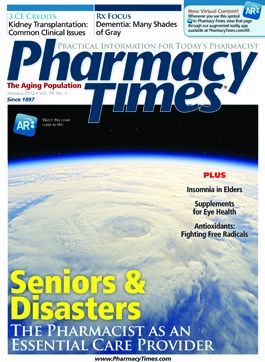Publication
Article
Pharmacy Times
Generic Drug Makers Also Face Patent Cliff
The generic drug industry faces an approaching patent cliff of its own, due to reduced opportunities to create and market alternatives to brand-name drugs, according to a December 3, 2012, article in The New York Times.
More than 40 brand name drugs, valued at $35 billion in annual sales, lost patent protection in 2012; however, the value of drugs that will lose patent protection is expected to decline to approximately $17 billion. The revenue loss could last about 2 years.
“The patent cliff is over,” Kim Vukhac, an analyst for Crédit Agricole Securities, told the Times. “That’s great for large pharma, but that also means the opportunities theoretically have dried up for generics.”
Generic drug company executives also said that the reliance on 6-month exclusivity deals that follow brand-name patent expirations would likely contribute to the revenue drought as well. With only a few brand-name patent expirations, more generic manufacturers could end up sharing sales within the typical exclusivity period.
“The concept of exclusivity— where only one generic player could actually make money out of the unique moment—has diminished,” Jeremy M. Levin, CEO of Teva Pharmaceuticals, told the Times. “In the absence of that, many companies have had to really ask the question, ‘How do I really play in the generics world?’”
The possibility of fewer opportunities spurred a number of re-characterizations for generic manufacturers, as the companies compensate for the anticipated cliff. Moves include branching into hard-to-make drugs, creating branded products, and mergers with competing companies.
“They are certainly saying either I need to get bigger, or I need to get ‘specialer’,” Michael Kleinrock, of IMS Institute for Healthcare Informatics, told the Times.
Companies are branching into brand-name products, and therapies for multiple sclerosis, contraception, and women’s health as well as harder-tomake products, such as extended-release tablets, creams, and medication patches.
Although biosimilar products could be a source of relief for generics manufacturers, FDA guidelines for these products do not have an anticipated release date. Once approved, the guidelines would allow generics companies willing to invest in biosimilars to branch out into certain cancer or rheumatoid arthritis treatments.







